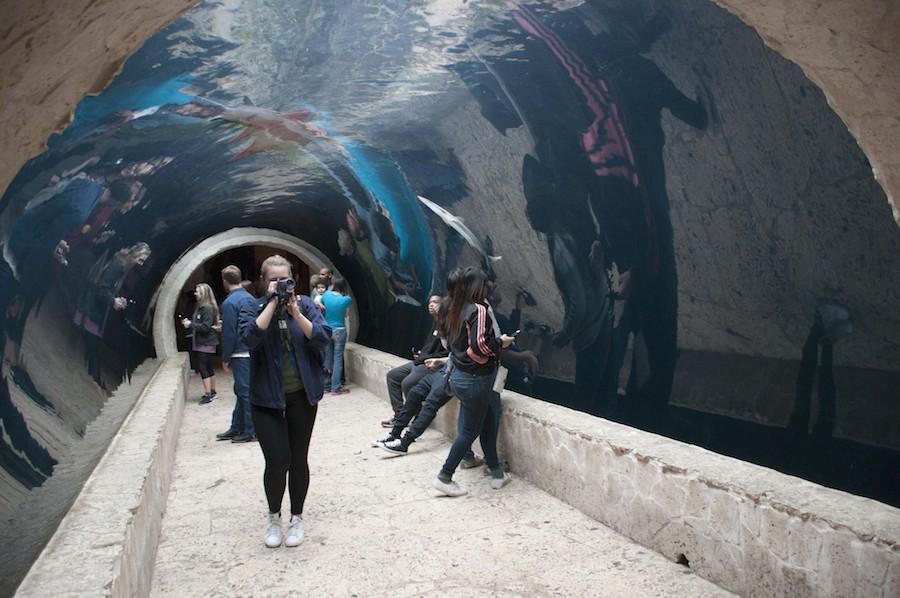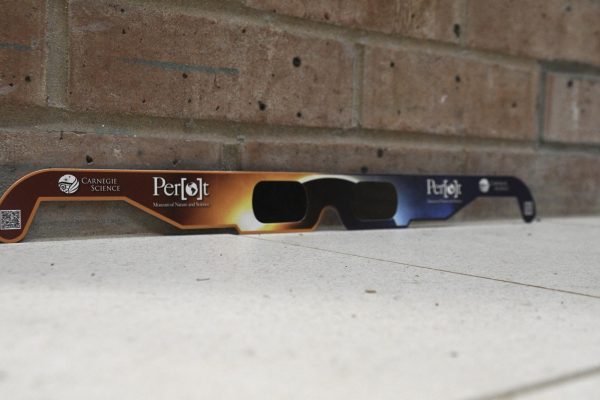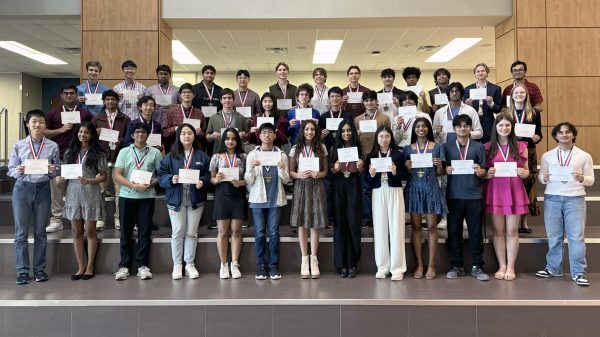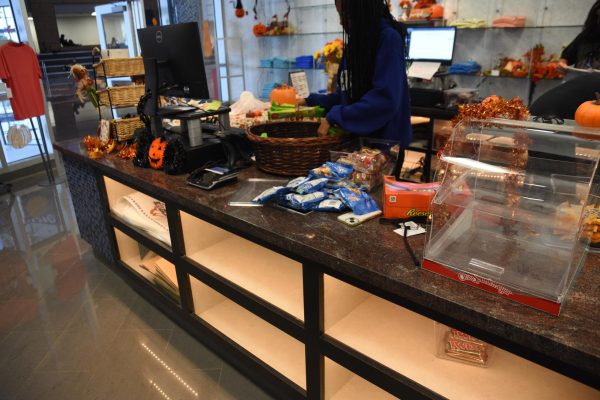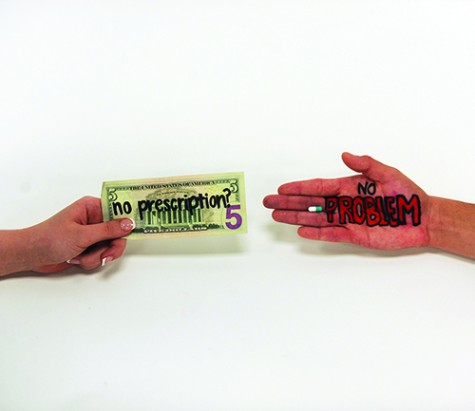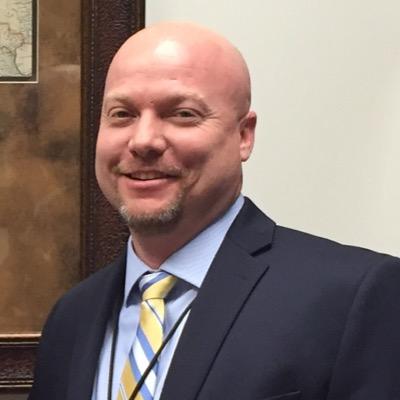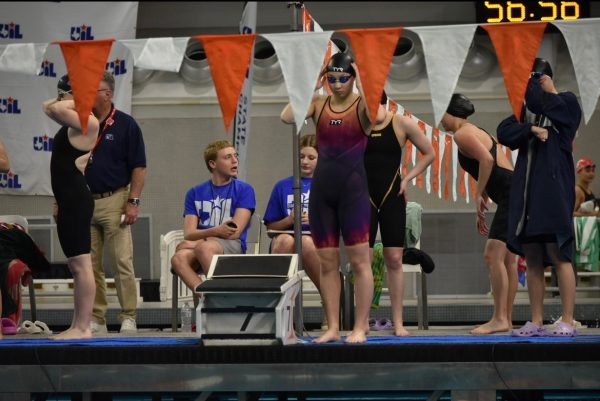Aquatic Adventure
Throughout the month of February, aquatic science students visited the Dallas World Aquarium on several field trips. The trips gave students an opportunity to view and observe the wide range of organisms and ecosystems they have only been able to learn about in the classroom.
“[The aquarium] was a lot better than I expected,” senior Macy Reynolds said. “I had never been so it was a lot more fun than I ever thought. It was cool because they had a lot more than just fish.”
Students were given a photography assignment, which included capturing photos of 15 aquatic and five non-aquatic organisms.
“I loved taking the pictures,” senior Kasey Tye said. “Everything was so cute. They had all sorts of fish, reptiles and things like flamingoes and other little birds like that.”
While most students used the camera on their smart phones, Reynolds chose a unique alternative.
“I was using this camera that I got for 20 bucks from a garage sale,” she said. “It just has a really cool vibe to it because it’s so old. It’s one of those old handycam ones. It looks really cool on film.”
Aquatic science, a two-semester science course, provides hands-on experiences, including trips to the Old Stone Dam in Allen for water testing, and maintaining small fish tanks in the classroom.
“My favorite part about aquatic science has definitely been raising your own fish,” Reynolds said. “I never thought I would be a fish person but now I have a fish at home. There’s a lot more to [aquariums] than I thought.”
The knowledge gained in the classroom has translated into a better understanding of how what humans do affects the rest of the world.
“It’s really important to know what these animals are living and experiencing,” Reynolds said. “For example, we have learned about aquifers and how [humans] affect them. I’ve learned a lot about how we need to be more cautious.”
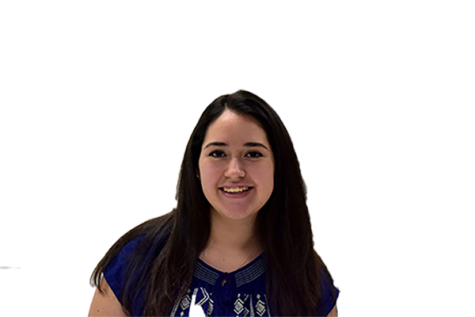
Rachel Moretti is a senior and Editor-in-chief of the Eagle Angle. She will be attending Oklahoma State University next fall to major in strategic communications.


